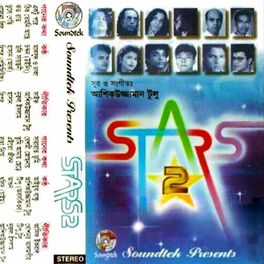
Among the specimens of this period is Ramai Pandit's narrative poem shunyapurana (13th-14th century). The Apabhramsa of the Charyapadaīecame more Bangla in character. (1201-1350) The anecdotes, rhymes and sayings of dak and khana may be dated to this period. The Siddhacharya, or composers of theĬharyapada hymns, include Luipa, Bhusukupa,kahnapa and Shavarpa. The Charyapada hymns possess both linguistic and literary value.

Hymns is only partly understood, it is called sandhya or twilight language. The earliest extant specimens of ancient Bangla are the 47 spiritual hymns now known as charyapada composed by Buddhist monks. The bangla language, however, developed from prakrit, through apabhrangsha andĪbahattha and outside the direct influence of Aryan languages. The modern period begins in 1800 and can againīe divided into six phases: the era of prose from 1800-1860, the era ofĭevelopment from 1860-1900, the phase of rabindranath tagore (1861-1941) from 1890-1930, the post-Rabindranath phaseįrom 1930 to 1947, the post-partition phase from 1947 to 1970, and theīangladesh phase from 1971 to the present.Īncient periodThe conquest of Bengal by the Mauryas in the 3rdĬentury BC led to the spread of Aryan languages in the Bengal delta. The pre-Chaitanya period from 1350-1500 and the Chaitanya period from 1500-1700 Īnd late medieval from 1700-1800. Period of transition- from 1200-1350 high medieval from 1350-1700, including Period may again be divided into three periods: early medieval-also known as the

Periods may be dated as follows: ancient period from 650-1200, medieval periodįrom 1200-1800, and the modern period from 1800 to the present. Bangla Literature dates back to at least the 7th century and may beĭivided into three main periods: ancient, medieval, and modern.


 0 kommentar(er)
0 kommentar(er)
